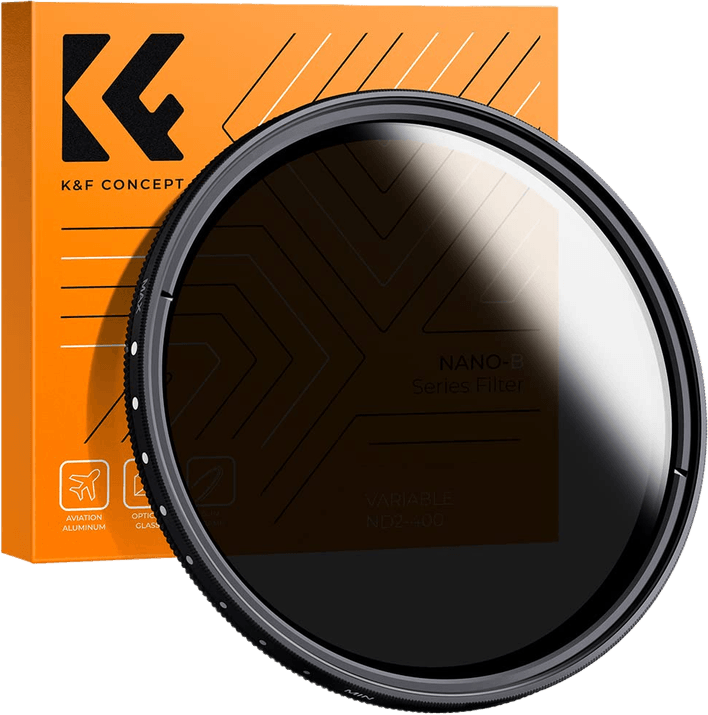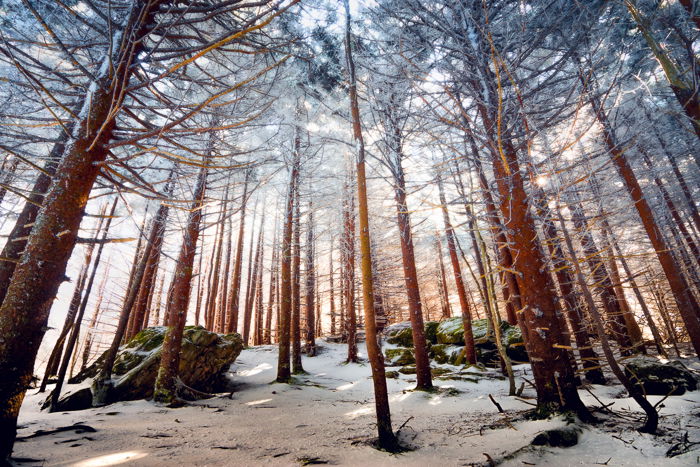If you’ve attempted landscape photography, not every image you capture is attractive and soul-stirring. Even photographs of genuinely beautiful landscapes can end up dull if you can’t find interest in the scene.
The problem may not lie with the place or even your technique. Sometimes it’s the fault of boring shooting conditions. That’s where dramatic weather photography can improve your shots. Get out under some dark, cloudy skies, brave the wind and rain, and shoot on the days when you’d normally stay inside.

Dramatic weather doesn’t always mean extreme weather (although that is certainly dramatic!). We’re talking about that differ from the bright, clear, and mild days that you wait for when you shoot landscapes.
Conditions like these allow you to add more contextual information and interest to the frame by incorporating elements of the weather.

These conditions can mean the difference between a good and a great photo. This is especially true when shooting landscapes in highly photographed areas.
When everyone else’s images look the same, yours can be truly above the rest just by adding a little meteorological flair.
There are a number of weather apps that help you anticipate cloudy, foggy, rainy, snowy, or other interesting weather patterns. I recommend Weather Underground (available on iOS and Android). It’s easy to use and gives you updated information on what the weather will be like at very specific times and locations.
More often than not, the most common weather-related drama you will encounter is rain. Rain and storm clouds add instant interest to virtually any scene. And that’s especially true when it comes to landscape photography. They completely change the ambient light in the scene and add large shapes and textures to an otherwise blank sky.
Instead of having a blank sky, you may find your subject in the form of an imposing cumulonimbus cloud (sometimes called a “thunderhead”). These aren’t the most common of subjects, and some storm-chasing photographers even hunt them. And when they get good shots of them, they are impressive.
When the sky turns mean, the entire mood of the photograph changes. What was once a cheery and upbeat sunny meadow can become a brooding and dark scene with tons of emotion.
Here are our top tips for shooting in stormy weather:
Wind can lend a sense of motion and action to your scene. Low- to medium-strength winds are ideal. This will bend and push the elements in the landscape in directions that they wouldn’t normally lean towards in calmer weather.
Depending on the light, try a shutter speed of 1 second or more to add a sense of motion to the image. Use a tripod or find another stable shooting platform to avoid camera shake!

Nailing an epic picture of lightning is almost a rite of passage for some landscape photographers.
Lightning is one of nature’s most impressive magic tricks. And the conditions during a storm can often produce some really stunning pictures of lightning.

We’ll talk about how to photograph lightning in another article. But for now, it’s simply worth mentioning to be on the watch when taking photographs during thunderstorms. It’s fun to attempt to capture lightning in your thunderstorm images.
Lightning is amazing. But being stuck by lightning… not so much. Make sure to be safe if you are trying for this type of shot.
Here are our top tips for staying safe while shooting lightning:
You don’t have to be right in the middle of a raging thunderstorm to get great results with your dramatic weather photography.
Immediately before or after a storm can be the most beautiful moment to take a photo.

Reflections after a downpour are plentiful and offer amazing creative opportunities.
Reflective surfaces such as puddles can add a measure of ambient light or act as a mirror that can help add interest to the composition.
The added moisture from rain usually causes mist and fog that instantly transform any scene.
Dramatic weather doesn’t necessarily mean storms and gales. The appearance of a variety of different types of clouds can be dramatic in its own right.
It’s funny how the grandeur of even the most spectacular of landscapes can be dulled down by a flat and boring sky. The sky always plays a huge role in successful landscape images.

Clouds generally add mood and drama. And depending on the type of clouds, your cloud photography can really liven up an otherwise unassuming landscape scene.
Clouds accompany approaching weather fronts. And there are usually lots of clouds a day or two before a storm arrives.
With a variety of clouds in the sky, you’ll have more shapes and forms. Use them to draw the eye and add a level of natural beauty to the scene.
If you can time it just right, sunrises and sunsets work really well with clouds. Wonderful light beams and shadows appear as the golden sun punches its way between the clouds.

If you’re photographing landscapes in more mountainous areas, clouds become even more important during the late and early hours of the day as temperatures cool.
The clouds (and their close cousin, fog) generally drop down into valleys and give an almost otherworldly feeling to scenes shot from above.
Sometimes you’ll find yourself in the middle of a low cloud or a dense fog. You should know that the water droplets in the air will reduce contrast and color saturation.
The moisture in the air acts like a natural softbox, diffusing light so that the areas around it are more gently lit. The fog also has the effect of obscuring shapes and forms of objects in the scene, which can be used for dramatic effect.

Even skylines and urban landscapes just seem to get better when the clouds move into the picture.
A normal clear sky can be made more interesting with the texture of the clouds and balancing out the composition.

The graphic below shows the most common types of clouds, their shapes, and their locations in the atmosphere. Different conditions produce different types of clouds and patterns. With a little research, you should be able to figure out what kinds of clouds to expect on a given day.
Capturing dramatic weather photography comes down to being aware of how the weather is changing your shooting environment. Pay attention to the quality of the light and the elements that are being introduced into your frame. Compose and expose them in ways that give you some impressive images.
The outing itself doesn’t have to be a dramatic undertaking either. Always use good judgment. If you don’t have the correct gear, mindset, or supplies (warm clothes, rain gear, etc.), don’t risk your personal safety or the safety of your precious camera gear.
Always be informed of the weather conditions and make the best of every day you are given to take photographs. Bad weather doesn’t have to mean you’re stuck indoors. As a photographer, consider it an invitation to make some unique images.





